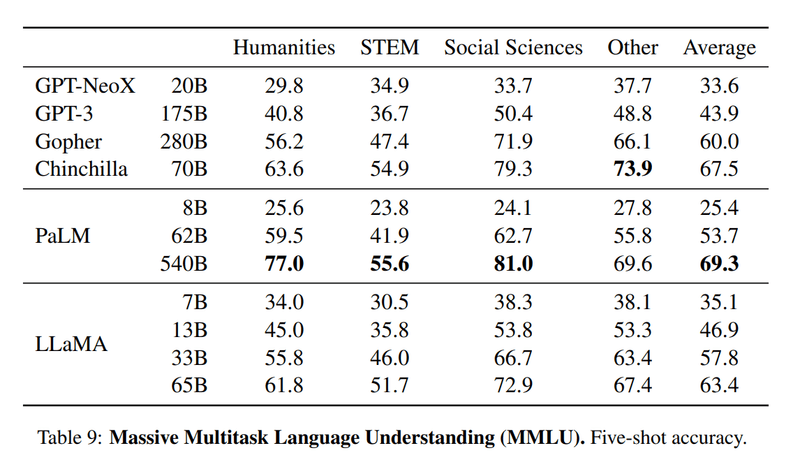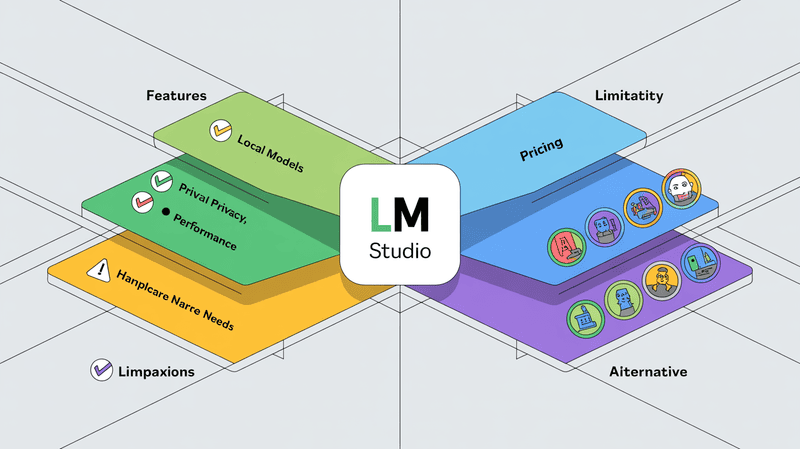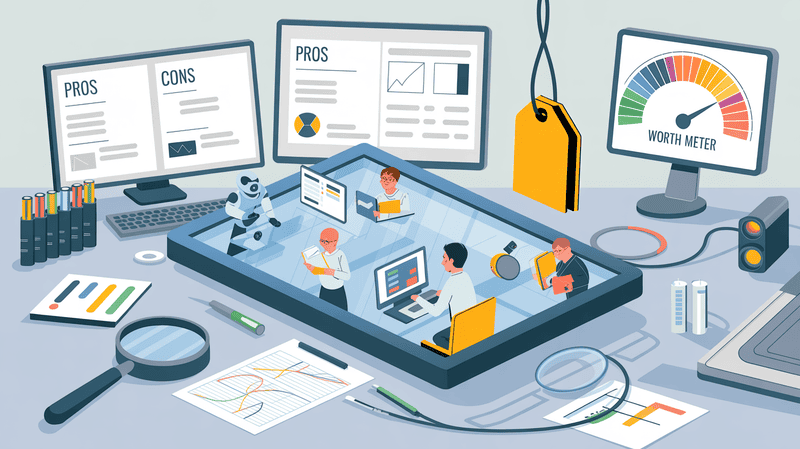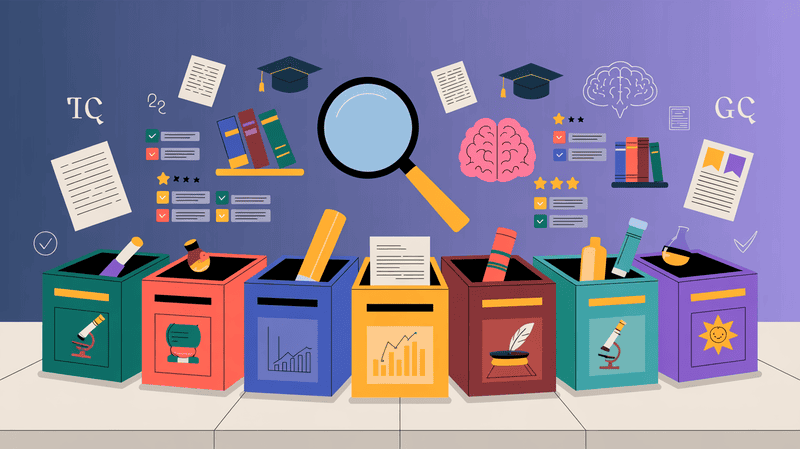Ever feel like the world of AI is moving too fast to keep up? It seems like every day there's a new, smarter AI popping up.
It's crazy, right?
Big companies like Meta and OpenAI are in this race to make the best AI.
And to make things even more confusing, different places have different rules about AI.
In Europe, because of regulatory concerns, some of the new AI tech isn't allowed there yet.
For now, let's look at what we can expect from Meta's Llama 3 next week
What is Meta's Llama?

Meta's LIaMA is a really cool and powerful language model created by the folks at Meta (you might know them better as Facebook). But what exactly is LLaMA? Well, it stands for "Large Language Model Meta AI."
That's a mouthful.
Let's break it down.
Llama is like a super-smart computer program that can understand and generate human language.
It's been trained on a massive amount of text from the internet, books, and other sources. This training helps it learn patterns in language and how words work together.
Now, you might be wondering, "What makes LLaMA special?"
Well, there are a few things.
First, it comes in different sizes.
There are LLaMA models with 7 billion, 13 billion, 33 billion, and even 65 billion parameters.
Parameters are like the building blocks that help the model understand language.
More parameters usually mean the model can handle more complex tasks.
One of the coolest things about LLaMA is that it can do a lot of different language tasks really well, even though it's smaller than some other big language models out there. It can answer questions, write text, and even help with coding.
How Does Meta LIama Work?

LLaMA Works uses something called the "transformer architecture."
This architecture helps LLaMA look at words in a sentence and figure out how they relate to each other.
It's like how we humans understand context when we're reading or talking.
LLaMA is what we call an "auto-regressive" model.
This means it predicts the next word in a sentence based on the words that came before it. It's kind of like playing a word-guessing game, but LLaMA is really, really good at it!
One of the things that makes LLaMA stand out is the variety of data it was trained on. It learned from:
CommonCrawl (67% of its training data)
C4 (15%)
GitHub (4.5%)
Wikipedia (4.5%)
Books (4.5%)
ArXiv (2.5%)
StackExchange (2%)
This mix of data helps LLaMA understand all sorts of topics and writing styles.

For example, in tests about common sense and answering questions, the biggest LLaMA model (the 65 billion parameter one) did better than many other well-known AI models.
It was especially good at something called "closed-book question answering," which is like asking it questions without letting it look up the answers.
LLaMA was also tested on its ability to understand what it reads.
It did really well on tests called RACE-middle and RACE-high, which check how well it can answer questions about things it has read.
When it comes to writing computer code, LLaMA surprised a lot of people. It did better than some other models that were specifically designed for coding tasks. This shows how versatile LLaMA is.
However, LLaMA isn't perfect.
It didn't do as well on math problems compared to some other AI models. It also sometimes struggled with very specific knowledge in certain fields.
But remember, no AI is perfect, and researchers are always working to make them better.
Is Meta Going to Announce a New LIama?

Word on the street is that Meta (the company behind Facebook) is getting ready to show off a brand new version of their Llama AI model next week - July 23rd 2024.
What's so special about this new Llama?
This isn't just any old update. We're talking about the biggest, baddest Llama yet. Here's what makes it stand out:
It's huge! This new model is said to have 405 billion parameters. In simple terms, that means it's got a ton of "brain power" to work with.
It can do more than just text. This Llama is what they call "multimodal." That means it can understand and create both text and images. Pretty cool, right?
It's part of a family. Meta already released two smaller Llamas earlier this year. Those had 8 billion and 70 billion parameters. This new one is like their big brother.
Why are people excited?
Developers have been loving the smaller Llamas that Meta released.
They're hoping this new, bigger version will be even better.
Some think it might even be as good as the top AI models out there, like the ones from OpenAI.
Is there a catch?
Well, there might be one small hiccup. The new Llama is so big that it might not fit on the usual setup that developers use to run these AI models. They might need to use multiple computers linked together to make it work. That could make things a bit trickier.
What about Europe?
Here's where things get a bit complicated.
Meta says they won't be releasing this new multimodal Llama in the European Union.
Why? They're worried about the rules and regulations there. It seems like the EU's laws about data and privacy are making things tough for Meta.
The bigger picture
Meta isn't the only tech company having trouble with EU rules. Apple is also holding back some of its new AI stuff in Europe.
It's all because of laws like GDPR and the Digital Markets Act.
These laws are meant to protect people's privacy and keep big tech companies from having too much power.
What's next?
We'll have to wait and see what happens on July 23rd.
Will the new Llama live up to the hype? How will it compare to other AI models out there? And will Meta figure out a way to make it work in Europe eventually?
One thing's for sure - the world of AI is moving fast, and it's exciting to see what's coming next. Keep your eyes peeled for more news about Llama 3!
Meta's Open-Source Strategy to Beat Competition

Have you noticed how Meta is doing things differently with their AI stuff? It's pretty interesting!
So, here's the deal: While other big tech companies are keeping their AI models under lock and key, Meta is taking a totally different approach. They're making their Llama models open-source. That means anyone can use them for free!
Why are they doing this? Well, it seems like Meta is playing the long game. By giving away their AI models, they're getting lots of developers excited and using their tech. It's like they're building a big fan club!
But here's the million-dollar question: How will Meta make money from this? Right now, it's not super clear. They're basically giving away their cool AI toys for free.
Meta's not alone in this open-source AI world, though. Google, Elon Musk's xAI, and a company called Mistral are also jumping on this bandwagon.
It's kind of like a race to see who can make the best free AI.
Meta's hoping that by being generous now, they'll come out on top in the long run.
Only time will tell if this strategy pays off. But it sure is shaking things up in the AI world!
What will be the Future of AI Technology?

Recently, many AI tools and technologies have been released that are better and more powerful than their previous models, beating some of the top models already existing in the market, such as OpenAI. So, what is actually going to happen in the AI world?
Bigger and Smarter AI First off, we're seeing AI models getting bigger and smarter. Look at Meta's new Llama 3 - it's got a whopping 405 billion parameters! That's like giving it a super-sized brain. These bigger AIs can do more complicated tasks and understand things better.
AI That Sees and Hears We're also moving towards AI that can work with different types of information. It's not just about reading text anymore. The new AIs can understand images, videos, and even sounds. It's like giving them eyes and ears!
AI for Everyone Companies like Meta are making their AI models open-source. That means anyone can use them, not just big tech companies. This could lead to all sorts of cool new apps and tools that regular people like us can use.
The EU Situation Now, here's where things get a bit tricky. The European Union has some pretty strict rules about data privacy and AI. That's why some companies, like Meta and Apple, are holding back on releasing their latest AI stuff in Europe. They're worried about getting in trouble with these laws.
What This Means for Us In the future, we might see different AI tech available in different parts of the world. The EU might have its own special versions of AI tools that follow their rules.
Conclusion
Alright, let's wrap this up, AI sure is moving fast, huh? Meta's new Llama 3 is just around the corner which is going to be released on July 23rd, and it's gonna be a big deal. It's super smart and can work with both words and pictures. The cool thing is, that anyone can use it for free! But there's a catch - it might not work in Europe because of their strict rules.
AI is getting bigger, smarter, and more helpful every day. Soon, we might see AI doing all sorts of amazing things. But remember, it's not perfect yet. There's still a lot to figure out, like how to make it fair and keep our info safe.
One thing's for sure - the future of AI is gonna be exciting!
FAQs
1. What is the latest AI model of Meta?
Meta's latest AI model is Chameleon, a multi-modal family of models. It includes 7B and 34B versions that can handle mixed inputs like text and images but only produce text outputs. This advanced AI system represents Meta's push towards more versatile and powerful language models.
2. Is Llama 3 available in India?
Yes, Llama 3 is available in India. Meta has launched its AI chatbot, powered by Llama 3, across various platforms in the country. Users can access it on WhatsApp, Facebook, Messenger, Instagram, and meta.ai, making AI interactions widely available to Indian users.
3. Will Llama 3 be open-source?
Yes, Llama 3 will be open-source. Meta AI has released Llama 3 as the newest generation of their open-source large language model family. This means developers and researchers can freely access and use the model, encouraging innovation and collaboration in AI development.



